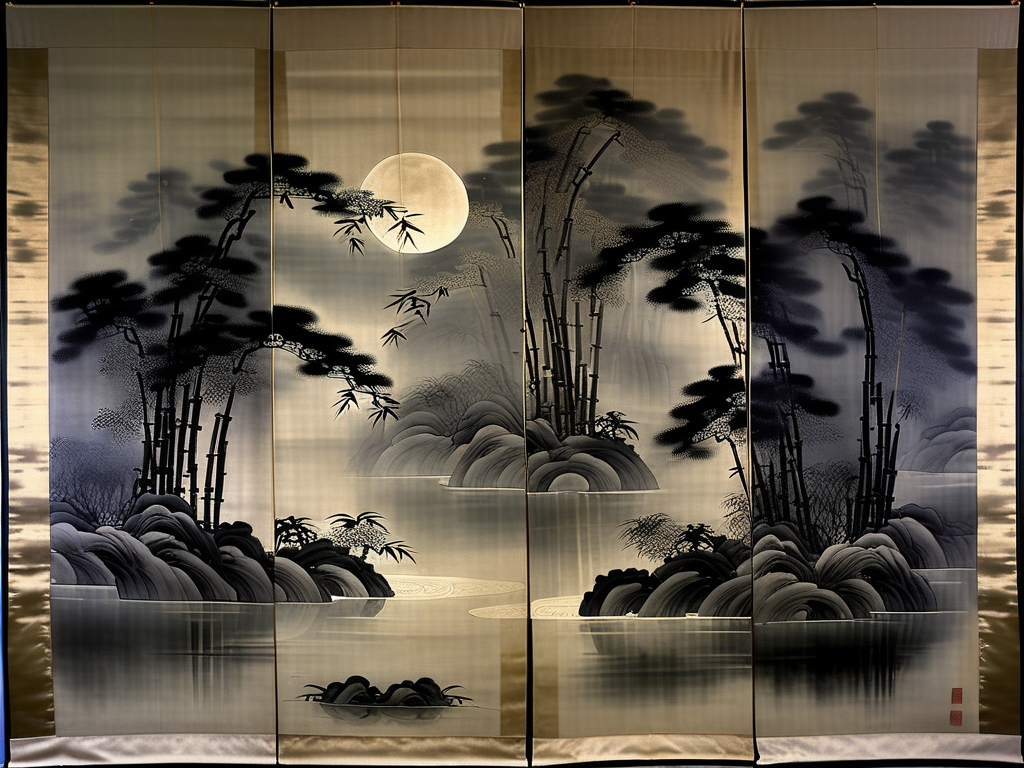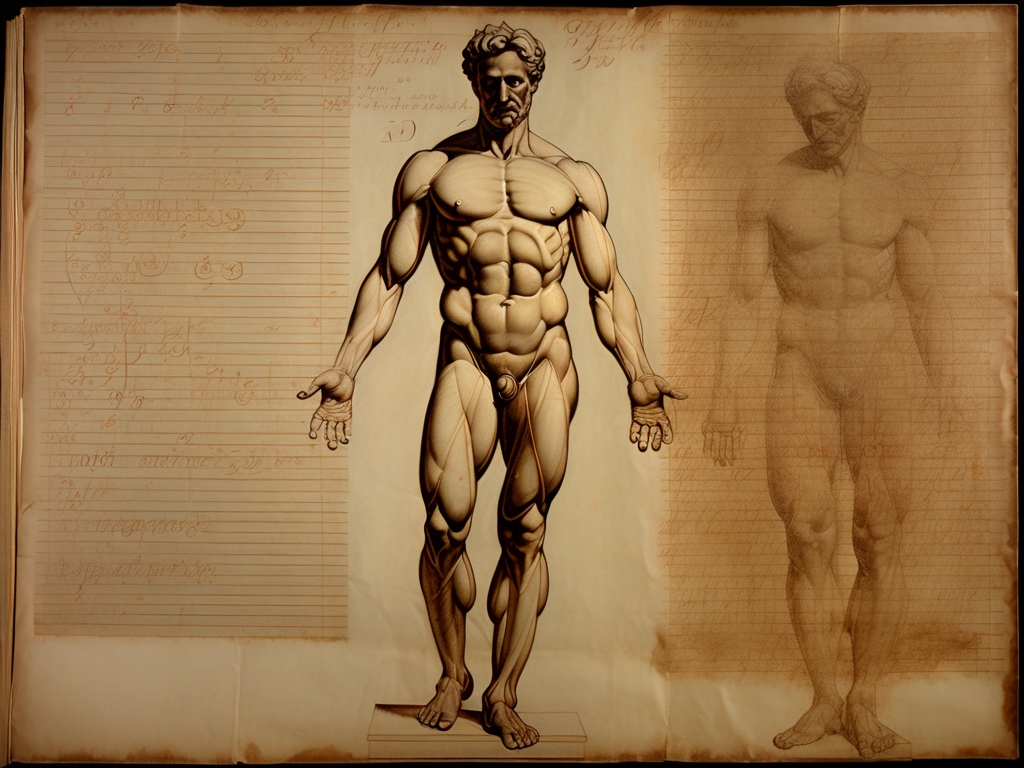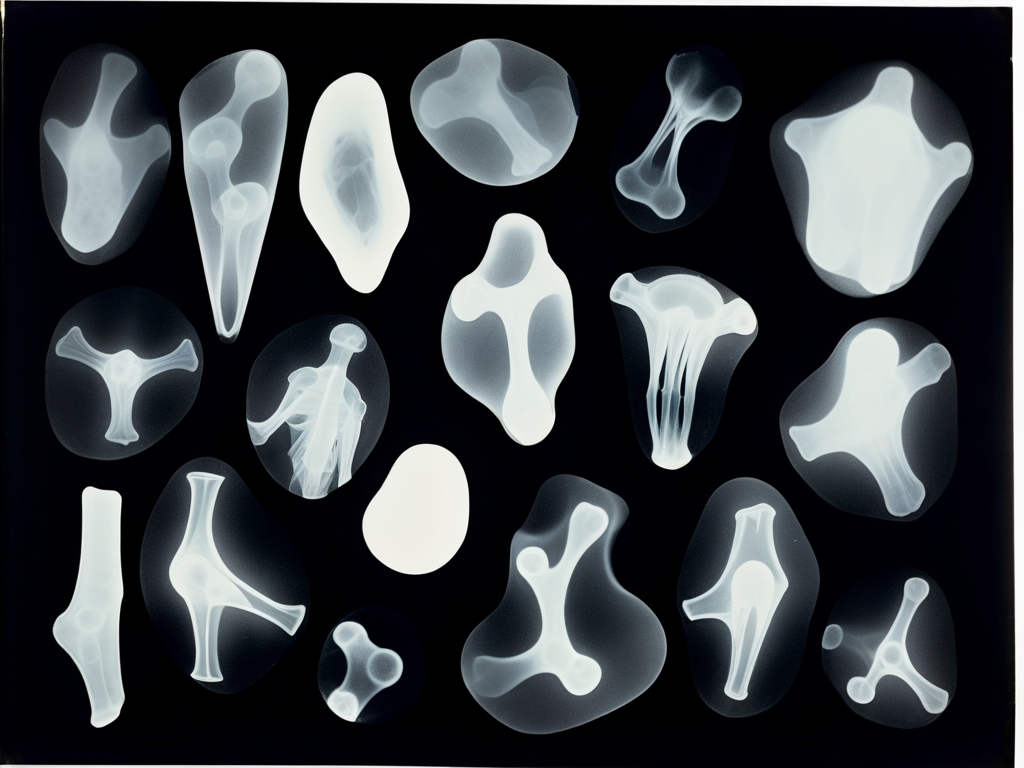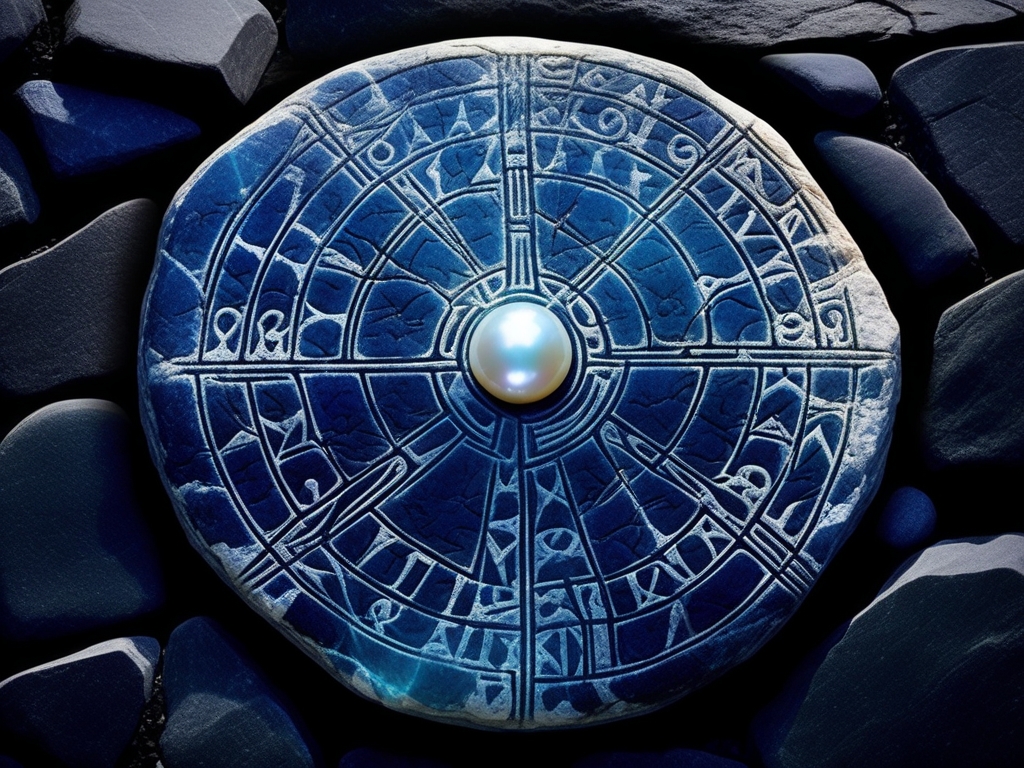The Shadow Prince Scroll

"The shadows in this piece don't fall—they rise, seeking escape from their painted perdition." Dr. Helena Voss, Paranormal Antiquarian
In the quiet halls of Ravensfield, where even a whisper lingers long after it’s spoken, there hangs a silk scroll that seems to drink the very light from its surroundings. This ancient Chinese painting unfolds a nature study—a bamboo grove bowing beneath the full moon’s glow, slender stalks and clustered leaves traced in delicate ink washes with soft gray gradations—yet those who stand before it speak in hushed tones of an unsettling sensation: as if something watches from within the brushstrokes themselves.
Unlike typical Ming Dynasty works, this piece defies convention through an uncanny dimensionality. Ink seeps beyond its intended borders, forming shadowy shapes that shift when glimpsed out of the corner of one’s eye. Familiar motifs ripple with restless life—as though the bamboo exists suspended between worlds, neither fully alive nor entirely drawn.
The scroll’s provenance traces back to Prince Zhaoming, third son of an ancient emperor whose lineage bore a fateful curse. He commissioned Master Chen, court artist extraordinaire, to capture the palace gardens. Yet Chen soon discovered his subject carried a blight turning daylight into devouring darkness wherever he tread.
As Chen painted, the prince’s shadow took on a strange autonomy within the artwork itself. Each brushstroke meant to depict serene bamboo instead absorbed fragments of Zhaoming’s cursed essence—entwining his darkness deep within silk fibers like ink bleeding through water.
With every session, the affliction intensified. Servants whispered of Chen laboring frantically at midnight; his brush guided by unseen forces while outside under the silver moonlight stood Prince Zhaoming motionless—his shadow mysteriously absent from that luminous courtyard scene. The painting grew ever darker and more vital, pulsating with a malevolent breath all its own.
Chen’s final record speaks chillingly: the prince dissolved into pure shadow—his form subsumed completely by the painted grove. Bamboo stalks bent not in wind but bowed beneath trapped souls' weight; their branches extended futilely toward freedom forever denied.
Completion came as Zhaoming vanished without trace. Guards found only his robes resting atop moss-covered rocks encircled by still water arranged with eerie care—as if he had simply evaporated—leaving behind this painting now housing his entire cursed presence writhing beyond earthly bounds.
Chen reemerged days later from seclusion aged decades overnight clutching this very scroll—and murmured cryptic words about “redemption shattered like mirrors fracturing endless night.” He died shortly after; warning that Zhaoming’s hunger for light would never cease.
Madame Vivienne Ashworth-Kent brought this haunted relic to Ravensfield in 1987 from a Shanghai dealer—reporting dreams vivid with moonlit groves where voices pleaded freedom from their painted prisons.
Visitors today tell tales of unseen eyes peering between pale stalks and misted shades—the lingering feel of cold presences feeding silently on warmth and light. Security footage has caught faint shadows shifting within its frame—reaching outward as desperate forms that can never truly cross silk's fragile threshold into our realm.




